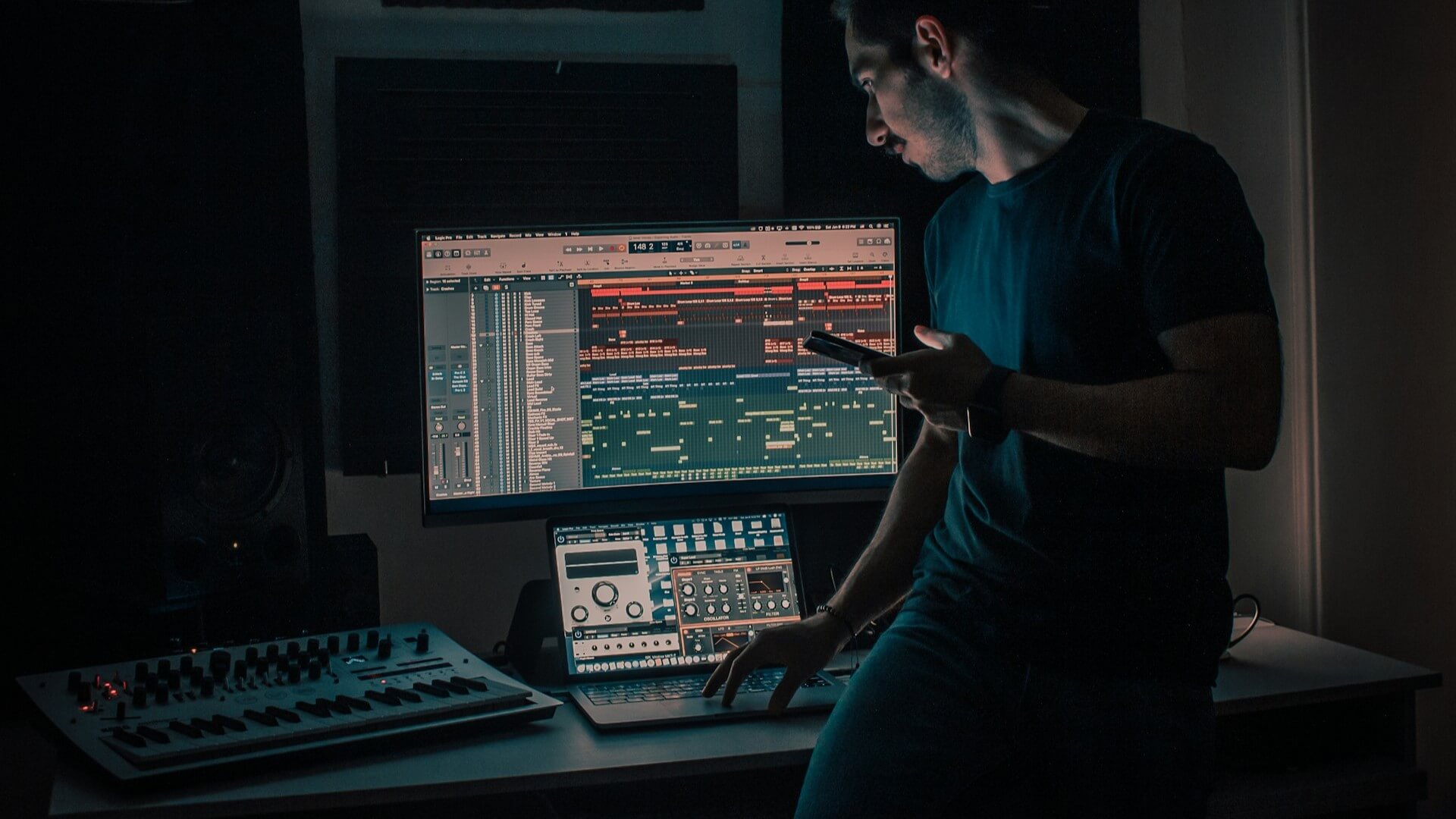
The journey of a song from an idea to your headphones has been completely transformed by the digital revolution. Not long ago, music production was an exclusive realm, confined to multi-million dollar studios with massive analog consoles, tape machines, and racks of expensive outboard gear. Today, that same power—and arguably more—can be found within a single laptop. This technological shift hasn’t just changed the tools of the trade; it has fundamentally democratized the art of making music and redefined the creative process itself.
The Studio in Your Bedroom
The single most significant change in the digital era is the rise of the Digital Audio Workstation (DAW). Software like Ableton Live, Logic Pro X, and FL Studio effectively places an entire recording studio inside your computer. This replaced the need for physical mixing desks, tape reels, and hardware effects, drastically lowering the financial barrier to entry. Suddenly, artists and producers could build a professional-quality home studio for a fraction of the cost, sparking a wave of creativity from bedrooms and basements around the globe.
And education has been similarly transformed, with many world-class music production courses now available- especially modern metal guitar tutorials.
This new workflow introduced a game-changing concept: non-destructive editing. In the analog days, editing meant physically cutting and splicing magnetic tape—a permanent, high-stakes process. With a DAW, every edit, from trimming a vocal take to reversing a guitar solo, is easily reversible. The “undo” button became a producer’s best friend, fostering a culture of fearless experimentation. You can copy, paste, stretch, and manipulate audio in limitless ways without ever damaging the original recording.
A Universe of Sound at Your Fingertips 🎹
Beyond recording and editing, technology has given producers an almost infinite sonic palette. The massive racks of hardware compressors, EQs, and reverbs from the past have been reborn as software plugins (also known as VSTs). Producers can now access pristine digital emulations of legendary analog gear “in-the-box,” summoning the character of iconic hardware with a click of a mouse. This allows for complex and polished mixes that were once only achievable in high-end studios, now achievable with the best VST plugins.
Furthermore, the advent of virtual instruments has been revolutionary. Using MIDI (Musical Instrument Digital Interface), a producer can control incredibly realistic software-based instruments, from grand pianos and orchestral strings to meticulously sampled drum kits and futuristic synthesizers. A single person can now compose and arrange a full-band or orchestral piece without needing to hire a single musician, opening up new worlds of sonic possibility for solo creators.
This digital evolution has also transformed collaboration. No longer bound by geography, artists can work with producers and musicians from across the globe, sending project files back and forth seamlessly via the cloud. In essence, technology has removed the gatekeepers and physical limitations, putting the power to create, produce, and distribute professional-sounding music directly into the hands of the artist.



